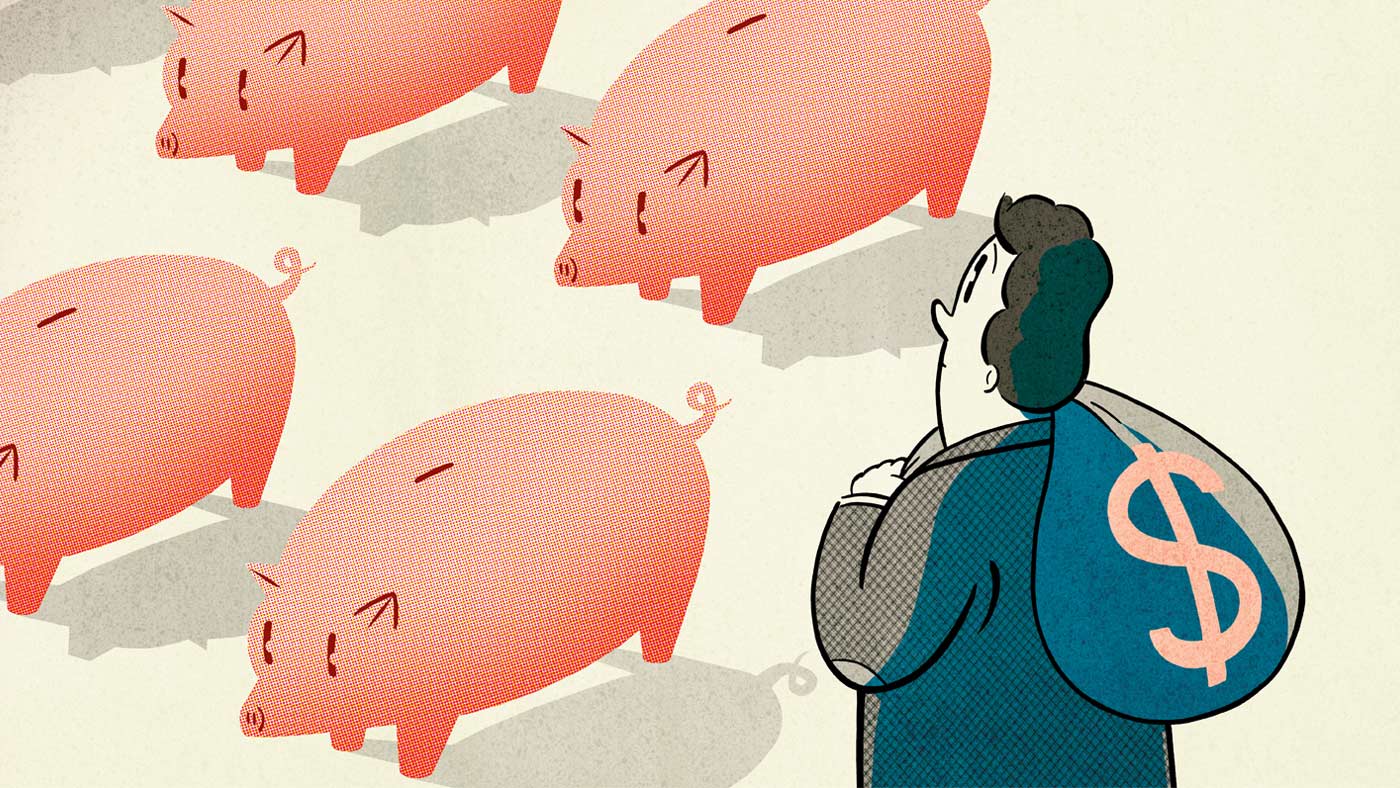Savings 101: When to Use Different Accounts
Depending on your goals, some savings accounts can be a better fit.

Source: Ryan Snook/TheiSpot
Whether you’re saving for a down payment on a house or for an emergency fund, where you stash that cash is almost as important as actually setting the money aside. Beyond a basic savings account, all savings options aren’t created equal—they vary in interest rates and how often you can access your money.
Savings options, though, have become more attractive these days due to rising inflation and general economic uncertainty—exacerbated by troubling realities, including war and record-high gas prices. It’s a time when many people aren’t as concerned about getting a huge return from their savings; they just don’t want to lose money, and they want the peace of mind that comes from knowing their hard-earned cash is secure.
If you can earn a few bucks in the process, even better. And that’s the silver lining here: As the Federal Reserve raises its interest rate—it has recently to combat inflation, and it may go further—some banks may raise rates on their savings accounts. (In particular, certificates of deposit, better known as CDs, have become a more attractive destination for long-term savings; see section below).
With that in mind, here are four common types of savings accounts and information to help you decide which best suits you.
High-Yield Savings Account
Take your basic savings account, add higher-than-average interest rates and you’ve got a high-yield savings account. These accounts typically require a higher opening deposit and monthly minimum balance, but they also give you more flexibility to make withdrawals. They often are available from online banks, so there is no physical branch to visit, but you can use an ATM card and online banking.
When to consider: When you want to grow your savings over time faster than you would in a personal savings account, or for a specific short-term savings goal, such as buying a car.
Take note: Interest rates are variable and can fluctuate at any time.
FDIC insured: Yes, up to applicable limits.
Money Market Account
This savvy saving strategy will help you put aside money for a goal that’s more near-term, such as a vacation.
A money market savings account lets you write a limited number of checks from it, but it also often has a higher minimum monthly balance requirement than a traditional savings or checking account. The interest rate typically tops that of a basic savings account, but less than a high-yield savings account.
When to consider: A money market account is a smart place to store a large chunk of money, like an emergency savings fund—you can even write a check directly from the account to cover an unexpected expense.
Take note: There are typically restrictions on the number of electronic transfers you can make from the account each month.
FDIC insured: Yes, up to applicable limits.
Certificate of Deposit
These are very different from savings accounts. Certificates of deposit—or CDs—usually earn a specific interest rate over a predetermined number of months or years. You can’t access your money during that time without paying a penalty. The longer the term of your CD, the higher the interest rate you’ll earn.
When to consider: If you have a long-term savings goal—such as funding your middle schooler’s college savings—and don’t mind losing free access to your money while you save.
Take note: While very low-risk investments, CDs are also typically very low yield.
FDIC insured: Yes, up to applicable limits.
Despite their downside, CDs may deserve another look. According to a report by Bankrate.com—an independent comparison service that provides rates and financial information—CD rates are headed up this year, with the Federal Reserve planning at least two increases in key interest rates. Greg McBride, CFA, Bankrate.com’s chief financial analyst, is predicting the national average for one-year CDs will rise to 0.35% while the average for the five-year variety will jump to 0.56%. McBride forecasts that the highest-yielding CD rates in 2022 will likely more than triple those average rates.
IRA Savings and IRA CDs
An individual retirement account (IRA) lets you save for retirement—and get tax breaks. With an IRA savings account, you can start saving money toward retirement, contributing money whenever you desire. You’ll earn interest, but won’t immediately be charged taxes on it. Once you have enough money saved, you can open an IRA CD, which has a higher minimum opening deposit. Like a regular CD, your retirement savings will be unavailable without penalty for a set number of months or years. For CDs, you can choose between Roth IRAs (where your taxes are taken out upfront) and traditional IRAs (where your taxes are taken out when you withdraw the money after retirement).
When to consider: When you want to supplement your savings accounts with one specifically for retirement. An IRA savings account is ideal if you want to contribute small amounts over time toward retirement rather than a large sum upfront.
Take note: For long-term, tax-savvy savings success, this may be your best bet.
FDIC insured: Yes, up to applicable limits.